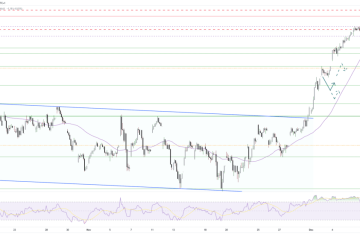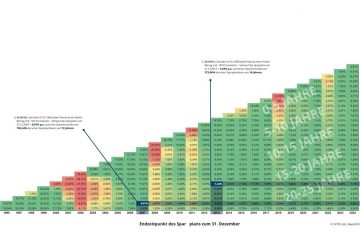Understanding DAX: The Key to Data Analysis in Business Intelligence

Introduction to DAX
Data Analysis Expressions (DAX) is becoming an essential tool in the realm of business intelligence, particularly in applications like Microsoft Power BI, Excel, and SQL Server Analysis Services. With the increasing reliance on data for business decisions, understanding DAX is crucial for professionals dealing with data analytics and reporting. It allows users to perform complex calculations and data manipulation, making it an important skill in today’s data-driven landscape.
What is DAX?
DAX is a formula language that was developed by Microsoft for use in a variety of its products. It allows users to create custom calculations in Power BI and other data modeling applications. Some of the key features of DAX include its ability to handle complex calculations, manipulate data using functions, and work with relational data sources efficiently.
Importance of DAX in Business Intelligence
As organizations increasingly rely on data to inform their strategies and performance, the demand for proficient DAX utilization is on the rise. DAX enhances the capability of standard analysis tools, enabling more in-depth insights into business performance metrics. By using DAX, analysts can create calculated columns and measures that allow for dynamic data aggregation and segmentation.
Key Features of DAX
- Calculated Columns and Measures: DAX allows users to create additional columns or measures that represent the result of calculations based on existing data.
- Time Intelligence: DAX has built-in capabilities to work with dates, making it easier to perform time-based calculations such as year-to-date totals or period comparisons.
- Context Awareness: DAX formulas can calculate values based on the context of data in the report, allowing for flexible and powerful data analysis.
Recent Developments and Trends
In 2023, there has been an emphasis on making DAX more accessible through enhanced documentation and community support. Online courses and resources are increasingly available, making it easier for professionals to learn DAX and implement it in their workflows. Moreover, integration with cloud-based services is expanding, enabling businesses to leverage real-time data analysis across platforms.
Conclusion
As we move further into the age of data, the importance of languages like DAX cannot be overstated. Mastering DAX equips professionals with the necessary tools to extract valuable insights from data, thereby supporting better decision-making processes. For businesses aiming to enhance their analytics capabilities, investing in DAX training and resources is critical. With its growing relevance, understanding DAX will likely become a standard requirement for data-driven roles in the near future.









